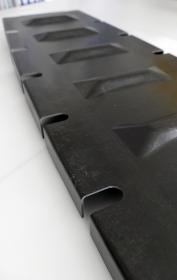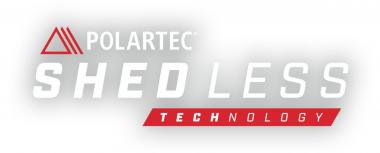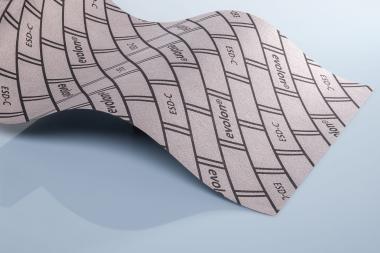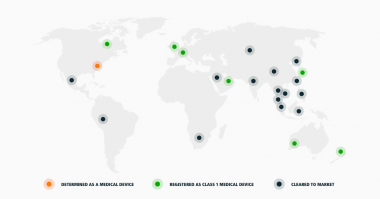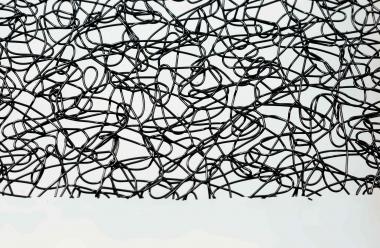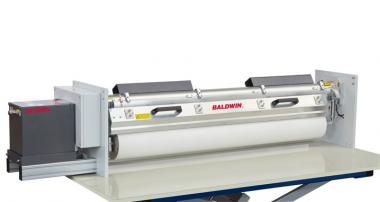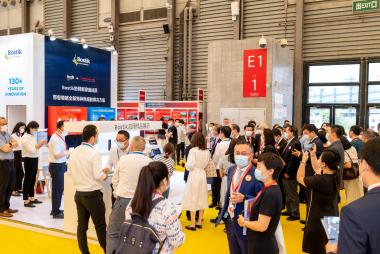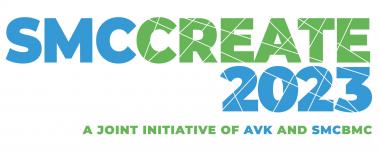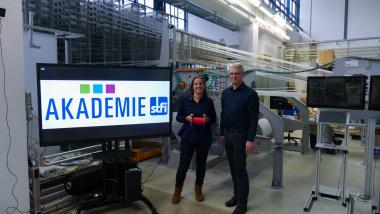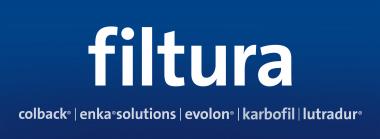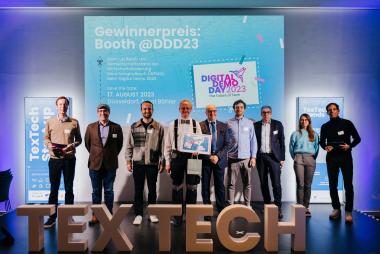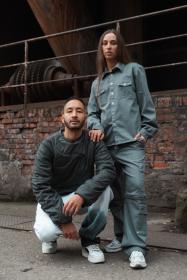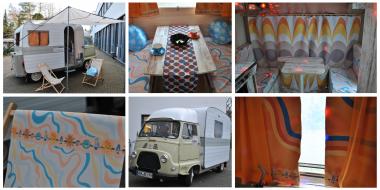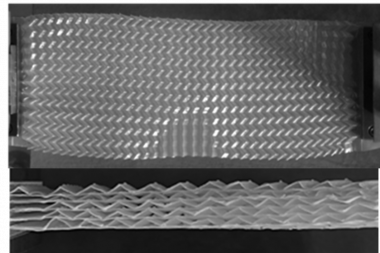STFI mit textilem Leichtbau und Textilrecycling auf der JEC
Vom 25. bis zum 27. April 2023 findet die diesjährige JEC WORLD, die international führende Leichtbaumesse, in Paris statt. Das Sächsische Textilforschungsinstitut e.V. (STFI) wird seine jüngsten Innovationen aus dem textilen Leichtbau und dem Textilrecycling auf dem Stand der sächsischen Wirtschaftsförderung präsentieren. Das STFI fokussiert seinen Messeauftritt in Paris dieses Jahr vor allem auf erfolgreiche Beispiele aus Industriekooperationen, die zur Nachhaltigkeit des Herstellungsprozesses beitragen.
Im Forschungsvorhaben „optiformTEX“ innerhalb des BMBF-Förderprogramms „Zwanzig20 – futureTEX“ wurde eine neue Technologie für flächige Naturfaser (NF)-Halbzeuge mit belastungsgerechter topologischen Fasermasseverteilung entwickelt. Dies lässt eine signifikante Gewichtsreduzierung von bis zu 30 % bei Leichtbauteilen vor allem im automobilen Interieur zu.
Es entstand das Modul „3D-Lofter“ zur lokalen Verstärkung von Vliesstoffen mittels definierter Faseranhäufungen; entwickelt und gebaut durch den Projektpartner Oskar Dilo Maschinenfabrik KG, Eberbach. Ein Exemplar des Moduls wurde in eine Labornadelvliesstoffanlage im Technikum des STFI integriert und steht für Kundenversuche sowie nachfolgende Forschungsvorhaben zur Verfügung.
Im Ergebnis des internationalen BMBF-Vorhabens „HiPeR – Orientierte Carbonfaserstrukturen aus Luftfahrt-Produktionsabfällen zum Wiedereinsatz im Flugzeug“ entstand ein Strukturbauteil für die Luftfahrt aus Recycling-Carbon. Dafür wurden am STFI rCF-Tapes sowohl aus recoverten, mechanisch aufbereiteten Abfällen als auch aus pyrolysierten Fasern entwickelt. Die rCF-Tapes werden auf dem STFI-Stand, das Bauteil selbst am CU-Messestand/CTC präsentiert.
JEC World STFI Sächsisches Textilforschungsinstitut Sächsisches Textilforschungsinstitut Leichtbau Textilrecycling
STFI


